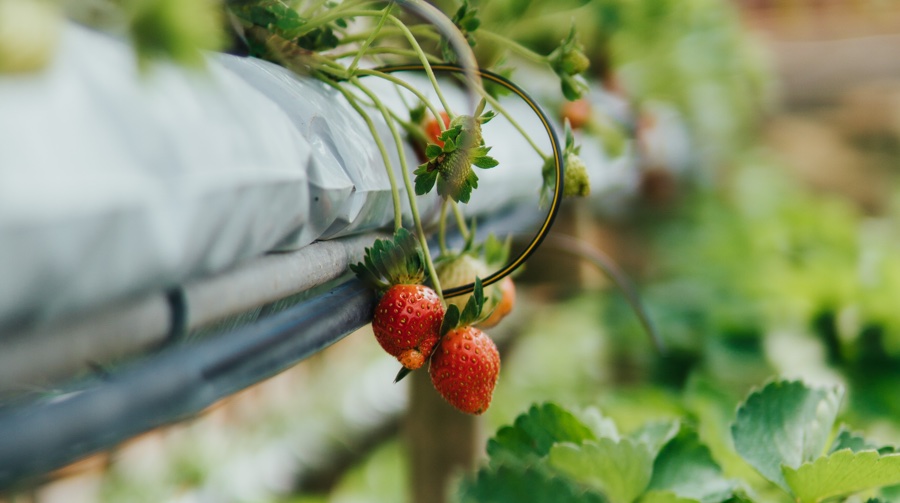Urban rooftop farming is one of the many initiatives aiming to improve the uptake of organic food in cities. But it is not always received with open arms, as the experience with the Grenelle reservoir project in Paris shows. Now, after 4 years of debate, the City of Paris has expressed support for the Green’elle Aquaponics Project. But opponents have lodged an appeal.
Four years after being selected as one of the first ever Parisculteurs projects, the Green’elle aquaponics and fish farming project on the Grenelle Reservoir is still stirring up passions. The plan for the Green’elle aquaponics and fish farming project was to set up an aquaponics farm on the Grenelle Reservoir, located on Rue de l’Abbé Groult. Disconnected from the Eau de Paris network, it includes two non-drinking water basins with a capacity of 6000 cubic metres, which were emptied in 2019. Several public meetings followed in a stormy climate, in April 2017 when a first draft of the project was presented, then in March 2018, two months after the building permit was issued.
The opponents objected to the plans for the reservoir because the water was considered an “island of freshness” in the heart of a densely populated district. Removing the water, they claimed, would result in greater thermal stress. Further, they feared the entire installation would be covered in plastic sheeting. In their petition, voted on during the meeting of 9 March, the representatives asked the mayor of Paris to suspend the planned project for 20 years, and to engage in a real consultation on the development to achieve a biodiversity project that would be supported by the inhabitants, local associations and the neighbourhood council.
At the Paris Council, Audrey Pulvar, deputy mayor of Paris, defended the Green’elle project. She began by recalling that in its 2015 master plan for non-drinking water, which was unanimously adopted, the Eau de Paris Board of Directors decided to enhance the Grenelle Reservoir through an urban agriculture project, with aquaponics under consideration. The elected representative stated that there was no question of contradicting the votes of the Paris Council and the Board of Directors of Eau de Paris, with which the occupation agreement had already been signed.
The mayor then indicated that thermal studies carried out, particularly during heat waves, had not shown any effect on the ambient temperature, thus rejecting the preconceived idea that the pools were an island of coolness. She also pointed out that the reservoir was not a haven of biodiversity where, once again, studies had shown that there was no particular biotope or specific biodiversity in this area.
On 9 March, the Executive committed to a number of initiatives, including guaranteeing the complete reversibility of the installation, the creation of new vegetated areas on the project site, such as hydroponic gutters, vegetated roofs on the technical premises, and planters with climbing plants on the walls surrounding the reservoir. The installation was to be welcoming to insects and birds, and help develop biodiversity, particularly involving indigenous and diversified flora. The installations were to accord to the principles of energy sobriety and aesthetics to which the project developer had also committed.
The infrastructures of the pools were to guarantee and promote animal welfare, particularly in terms of providing sufficient space, temperature, lighting and oxygenation of the water – again, a commitment already shared by the project owner. The Executive expressed the wish that the project owner would undertake to adopt the most virtuous fish farm feeding solutions, both in terms of animal welfare and the environment, in particular by favouring locally sourced instead of imported food products.

